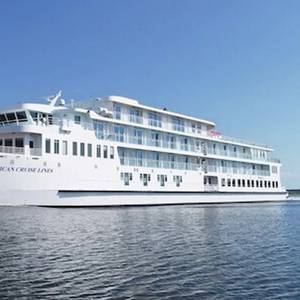
The domestic passenger vessel answers the call for cleaner and more efficient platforms. It is truly an electric time to be a part of this niche industry.In the shadow of a rapidly changing political landscape, the domestic passenger ferry sector is nevertheless seeing an increasing number of newbuild vessel orders.

Boston Harbor City Cruises, a part of the global Hornblower Group, announced its selection by the Massachusetts Bay Transportation Authority (MBTA) to continue as the operator of the region’s premier ferry services connecting communities across Boston and the Massachusetts Metro Region.
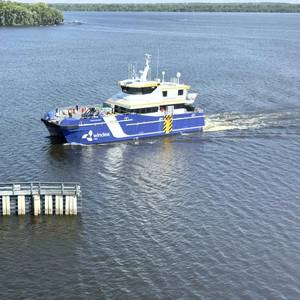
St. Johns Ship Building, a Palatka, Florida-based Jones Act-compliant shipyard owned by Americraft Marine, announced the delivery of the WINDEA Reliance, the third and final vessel in a series of 30-meter aluminum Crew Transfer Vessels (CTVs) built for WINDEA CTV LLC, a partnership between MidOcean Wind and Hornblower Wind.
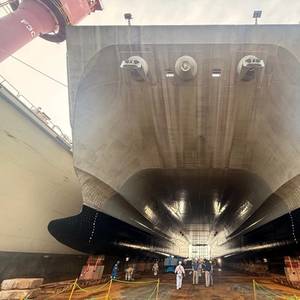
Seaward Services, Inc. (SSI), a subsidiary of Hornblower Group, has been awarded a new five-year contract by the U.S. Navy for the continued operation and maintenance of the USNS Guam. This contract, secured through a competitive bidding process, will take effect in March 2025.Seaward has been the primary operator of the USNS Guam since 2013, overseeing its delivery from Norfolk, Virginia
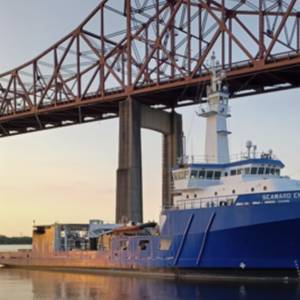
Seaward Services, Inc., a provider of maritime solutions and part of the global Hornblower Group, announced that its vessel the M/V Seaward Endeavor is available for extended international operations following its approval by the United States Coast Guard (USCG) for expanded authority to operate in international waters.
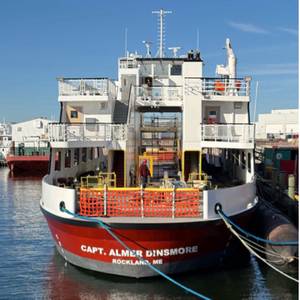
Seaward Services, Inc. (SSI), a subsidiary of Hornblower Group, announced its selection by the Maine State Ferry Service (MSFS) and the Maine State Department of Transportation for a new 5-year contract to provide supplementary marine crew services to the MSFS fleet of vessels.MSFS provides essential, year-round mainland transportation services to the island communities of Maine.

Hornblower Group is excited to announce the appointment of Len Wolin as President of City Experiences, effective January 20. In his new role, Wolin will lead the strategic direction of City Experiences, which encompasses Hornblower Group’s diverse portfolio of water- and land-based experience companies.
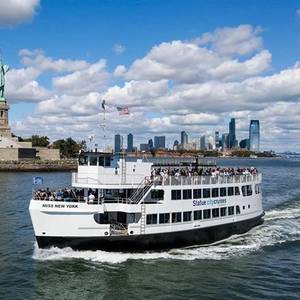
Corvus Energy has been selected as the supplier of Energy Storage Systems (ESS) for Statue City Cruises’ ferries servicing the iconic Statue of Liberty and Ellis Island routes in New York Harbor.Corvus Energy ESS will be integrated aboard Statue City Cruises’ current fleet of nine ferries and will reduce fuel consumption and emissions along the New York/New Jersey waterfront.